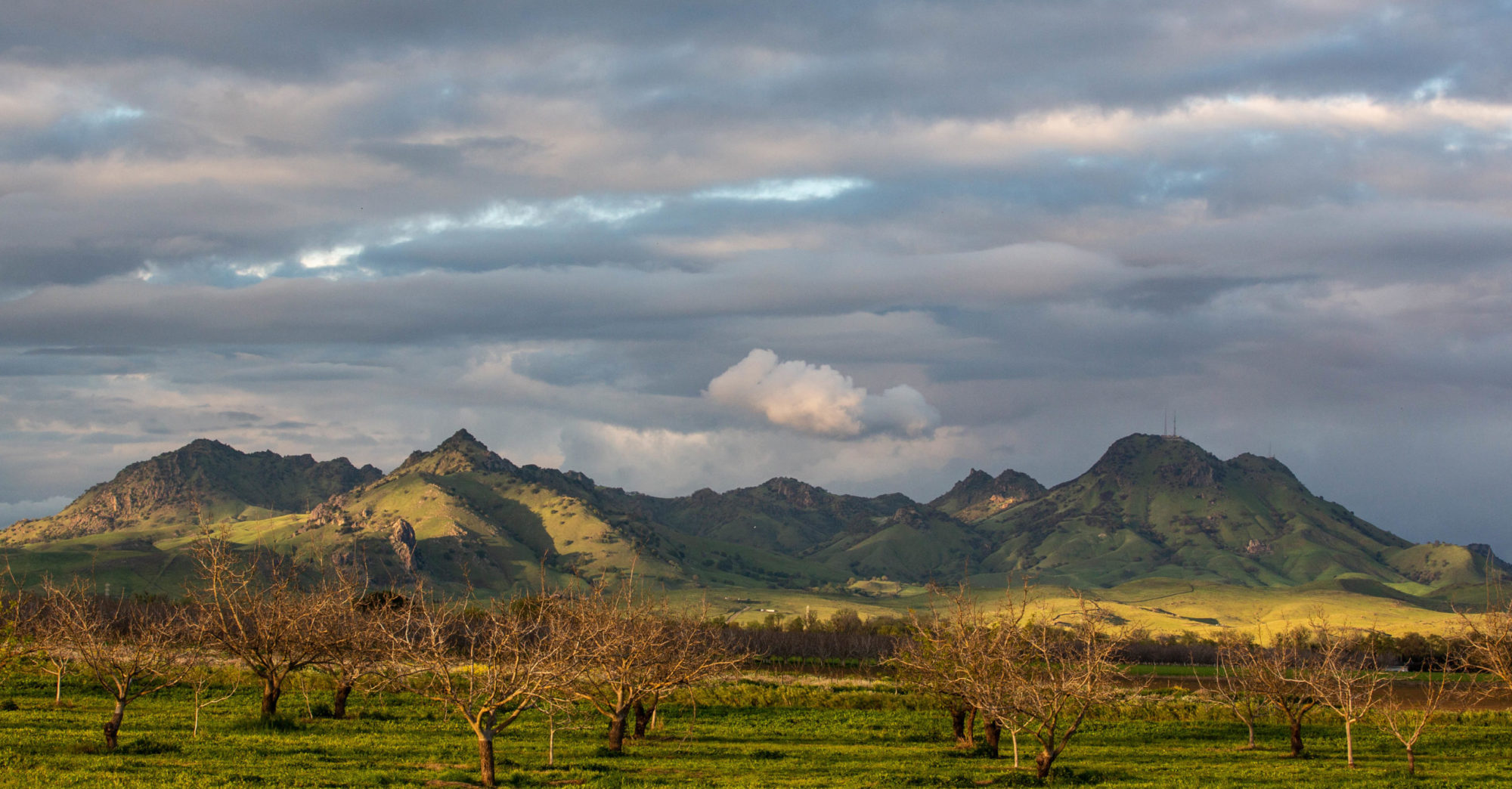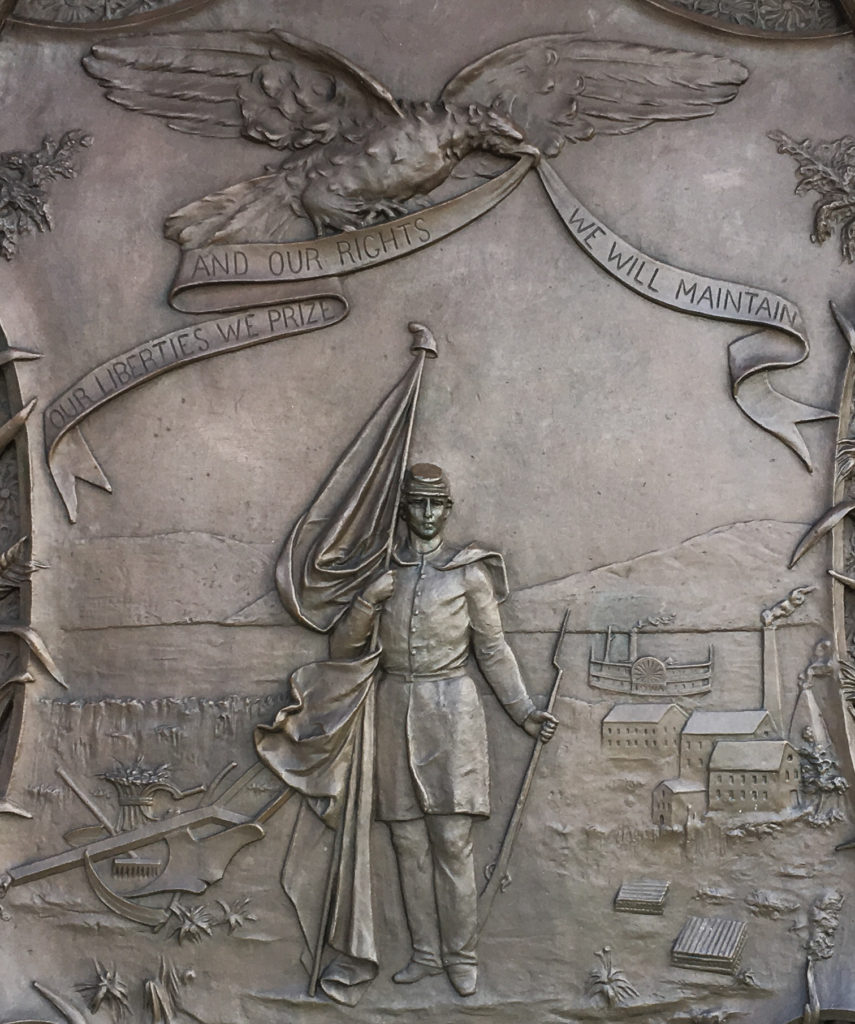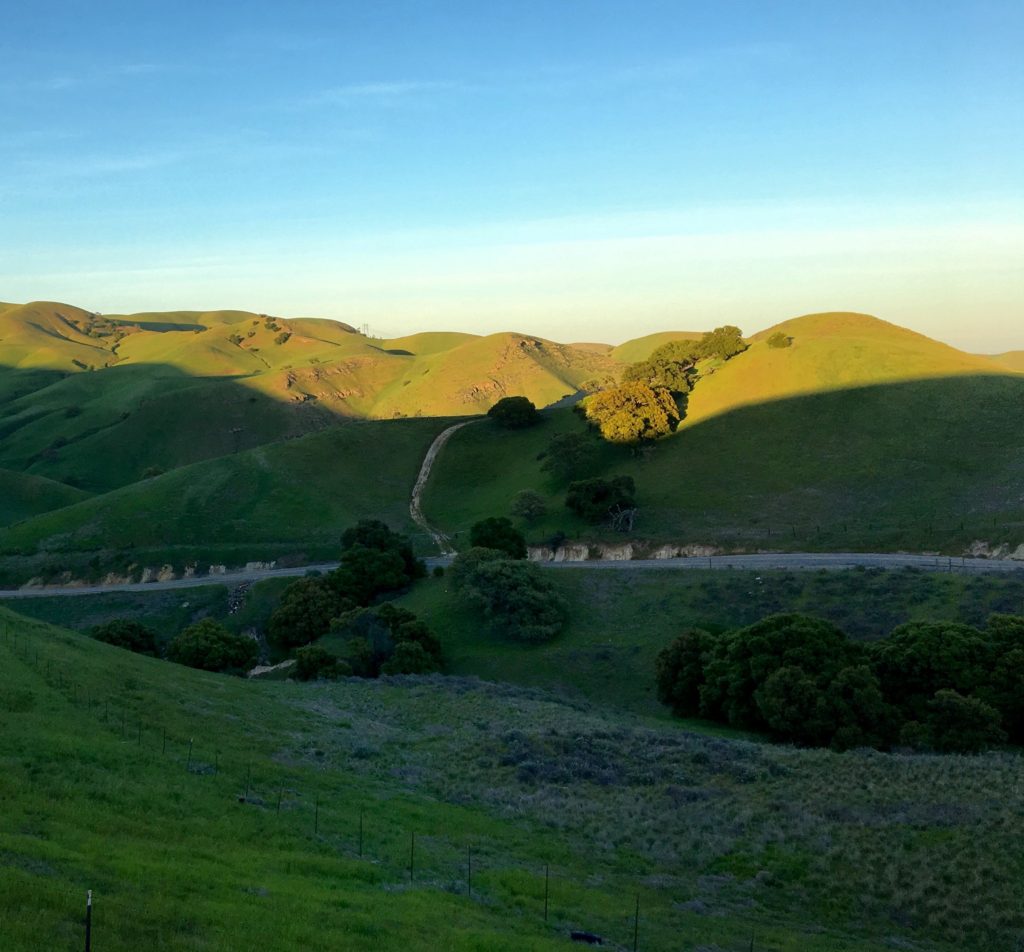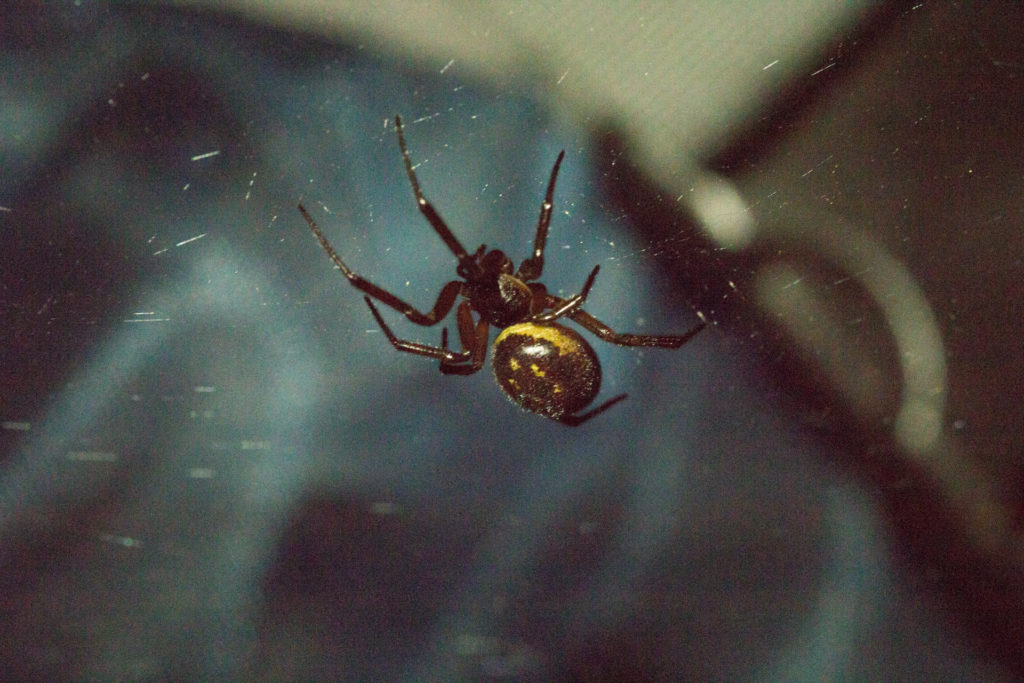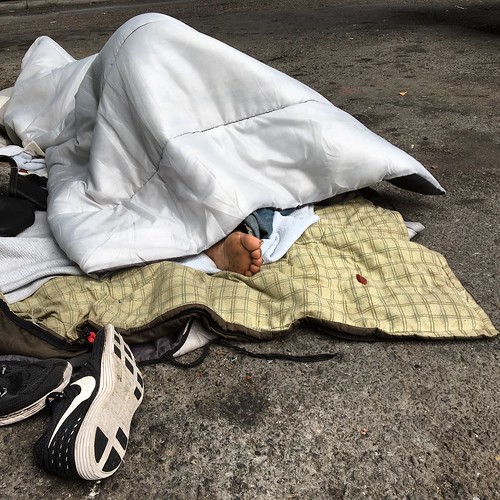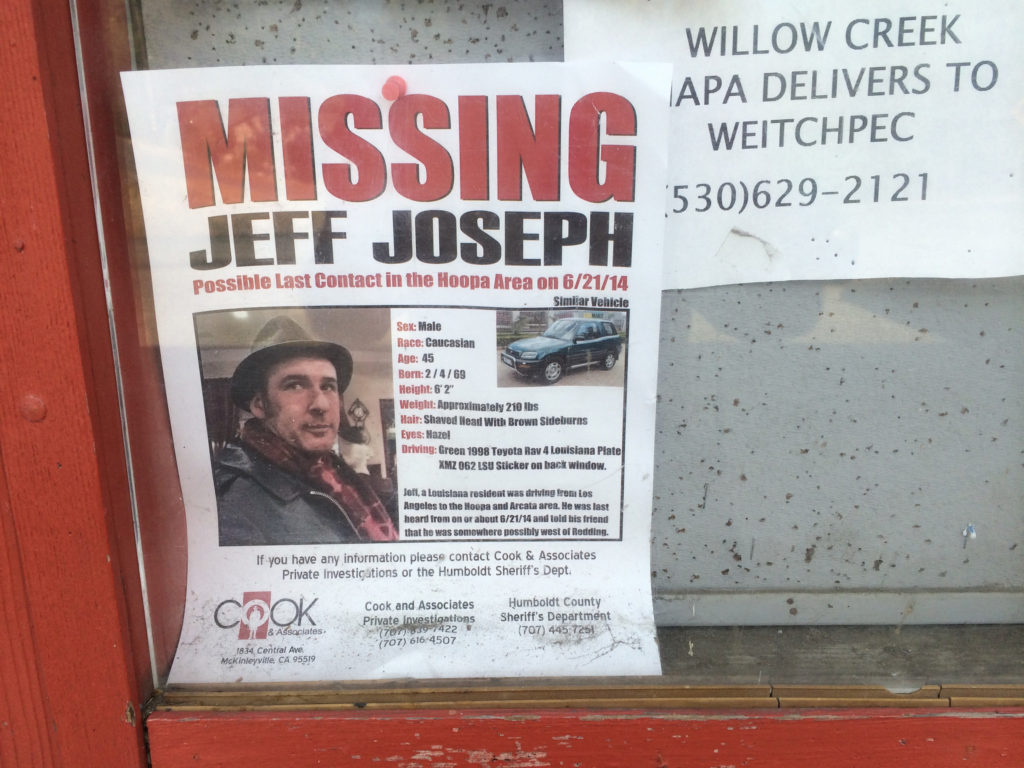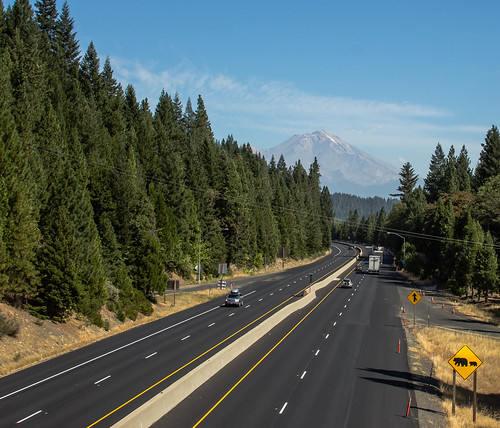Poring over some doleful but absorbing statistics on U.S. military casualties in our wars going back to the American Revolution, I’m led astray from whatever purpose I had for early Memorial Day morning.
First distraction: It doesn’t seem right that most statistical roundups of American service personnel killed in our wars — like the one linked to above — exclude those who died in our many inter-war military operations. Here’s a separate Pentagon accounting of soldiers, sailors and Marines killed during operations between 1980 and 1996. The list includes:
- The eight service personnel who died during the failed 1980 attempt to rescue U.S. hostages from Iran.
- The 265 who died during the course of our 1982-84 “peacekeeping” mission in Lebanon (most of those casualties occurred in a single terrorist attack).
- The 19 who died during “Operation Urgent Fury,” our 1983 intervention/student rescue mission on the island of Grenada.
- The 23 who died during “Operation Just Cause,” the 1989 invasion of Panama staged to arrest dictator Manuel Noriega.
- The 43 who died in “Operation Restore Hope” in Somalia, an action remembered here for one battle in Mogadishu.
- The four who died as part of “Operation Uphold Democracy.” (Anyone? Anyone?)
Second distraction: I reflect, as many have before me, that there’s hardly been a year in my lifetime — I go back to Eisenhower’s first term — that U.S. troops haven’t been active somewhere in the world. Here’s someone who’s come up with a politically loaded list of U.S. military-related actions, at home and abroad, going back to Wounded Knee.
Third Distraction: In exploring various sets of statistics on U.S. military casualties, I came across the Department of Defense accounting of fatalities among active-duty personnel from 1980 through 2010. (Unfortunately, I can’t find more recent definitive numbers.) In those 31 years, which span “peacetime” (there was just one death attributed to hostile action or terrorist attacks in 1980-81) through the height of the Iraq War (2007), the Pentagon says 48,834 active-duty personnel died. Here’s a breakdown of how they died:
Accident: 25,073 (51.3 percent of total).
Illness: 8,579 (17.6 percent).
Suicide: 6,911 (14.2 percent).
Hostile action: 4,814 (9.9 percent)
Homicide: 2,329 (4.8 percent)
Terrorist attack: 420 (.9 percent)
Cause undetermined or pending: 708 (1.4 percent)
The numbers look a little different if you isolate fatalities from ongoing military operations in Iraq and Afghanistan. A recent Congressional Research Service report broke down the causes of death for those two conflicts (including all phases of the Iraq War to date). Some 5,362 (78.5 percent) of the 6,830 deaths were sustained in hostile action; 1,041 (15.2 percent) were attributed to accidents or illness; 350 (5.1 percent) to suicide, and 52 (.8 percent) to homicide (about 25 deaths are listed as “undetermined”).
I find the “self-inflicted” death count most stunning, especially the fact it appears to be so much larger than fatalities suffered in combat. If you follow this issue, you know the number of veterans who take their own lives each year dwarfs the number of service members who kill themselves while on active duty. A Department of Veterans Affairs study published last year found 7,400 veterans committed suicide in 2014, the most recent year for which data was available.
Fourth Distraction: While embarking on my military casualty StatsQuest, hours and hours ago, I came across one particularly startling number in a VA document titled America’s Wars. Page 2 of said document includes a table of veterans and veterans’ dependents currently on VA benefits rolls (“currently” as of April 2017), listed by the war(s) in which veterans served.
The table shows there’s one person out there still getting monthly benefits related to service in the Civil War. Really? Is that possible?
Yes — it turns out it is. The recipient is Irene Triplett, daughter of a man who fought on both sides in the war. She reportedly gets a monthly VA check for $73.13 that goes toward paying for care in a North Carolina nursing home. The Wall Street Journal did a long feature on her and her family a few years ago. Irene Triplett had a very tough life; the piece is well worth reading.
National Geographic followed with its own story on the “fewer than 35” surviving children of Civil War veterans and details a couple of their life stories.
Conclusion of the foregoing.
